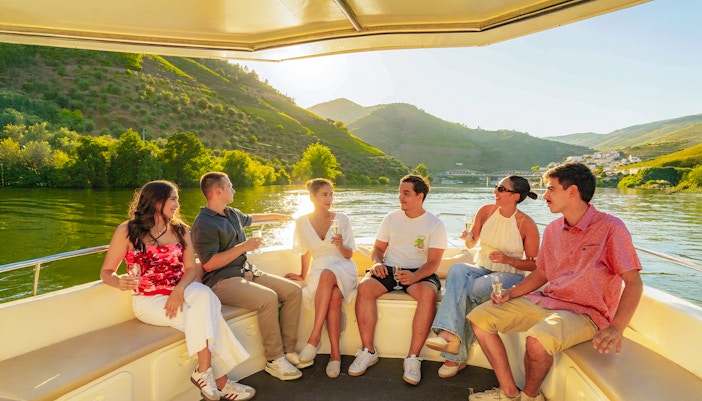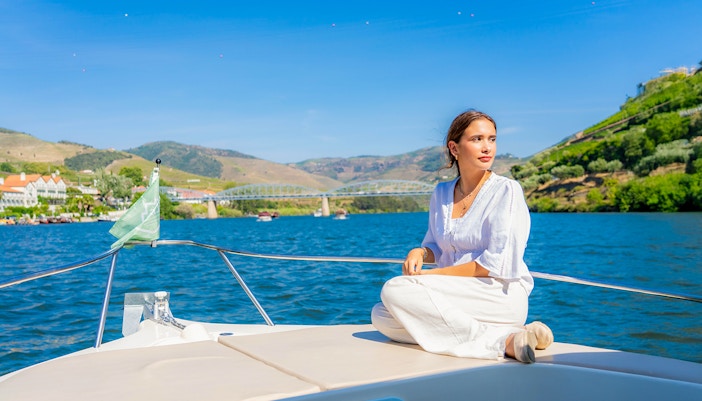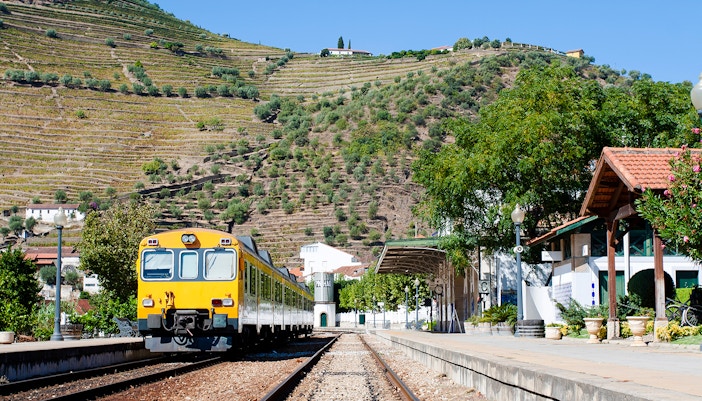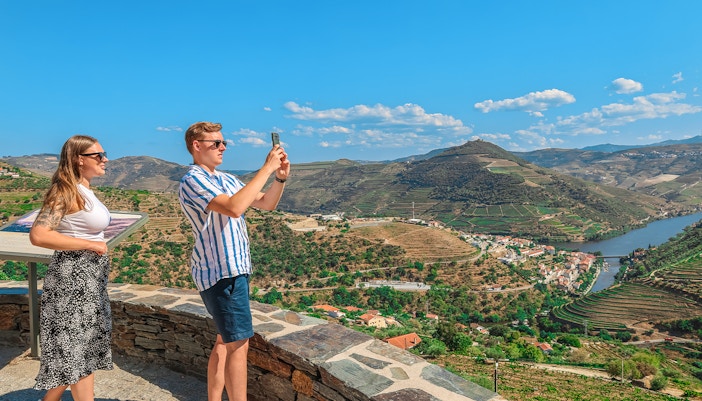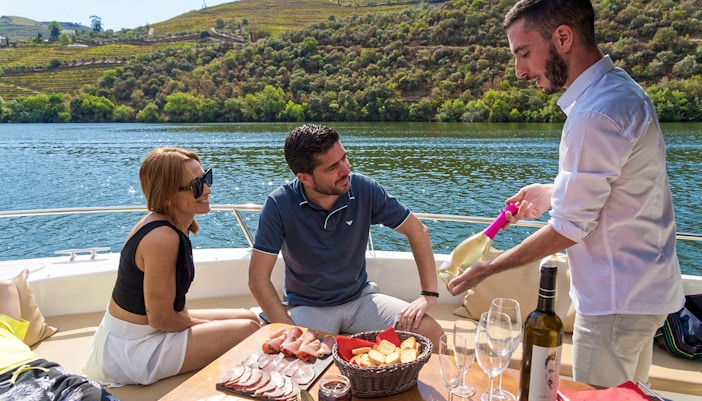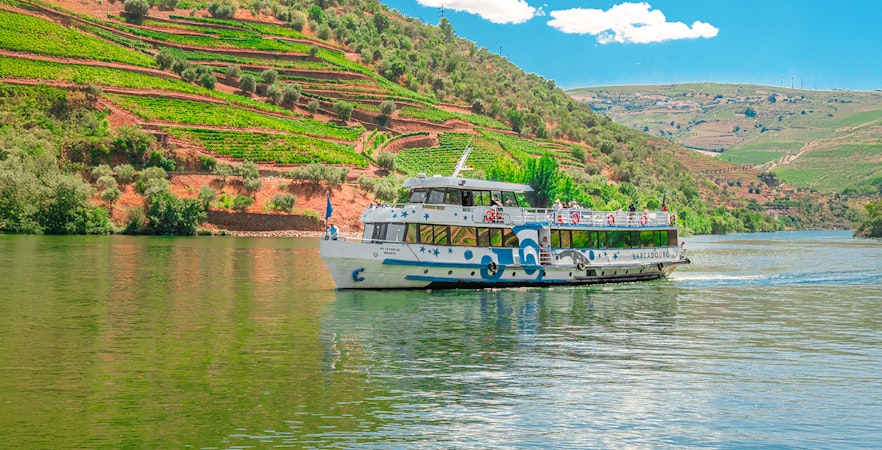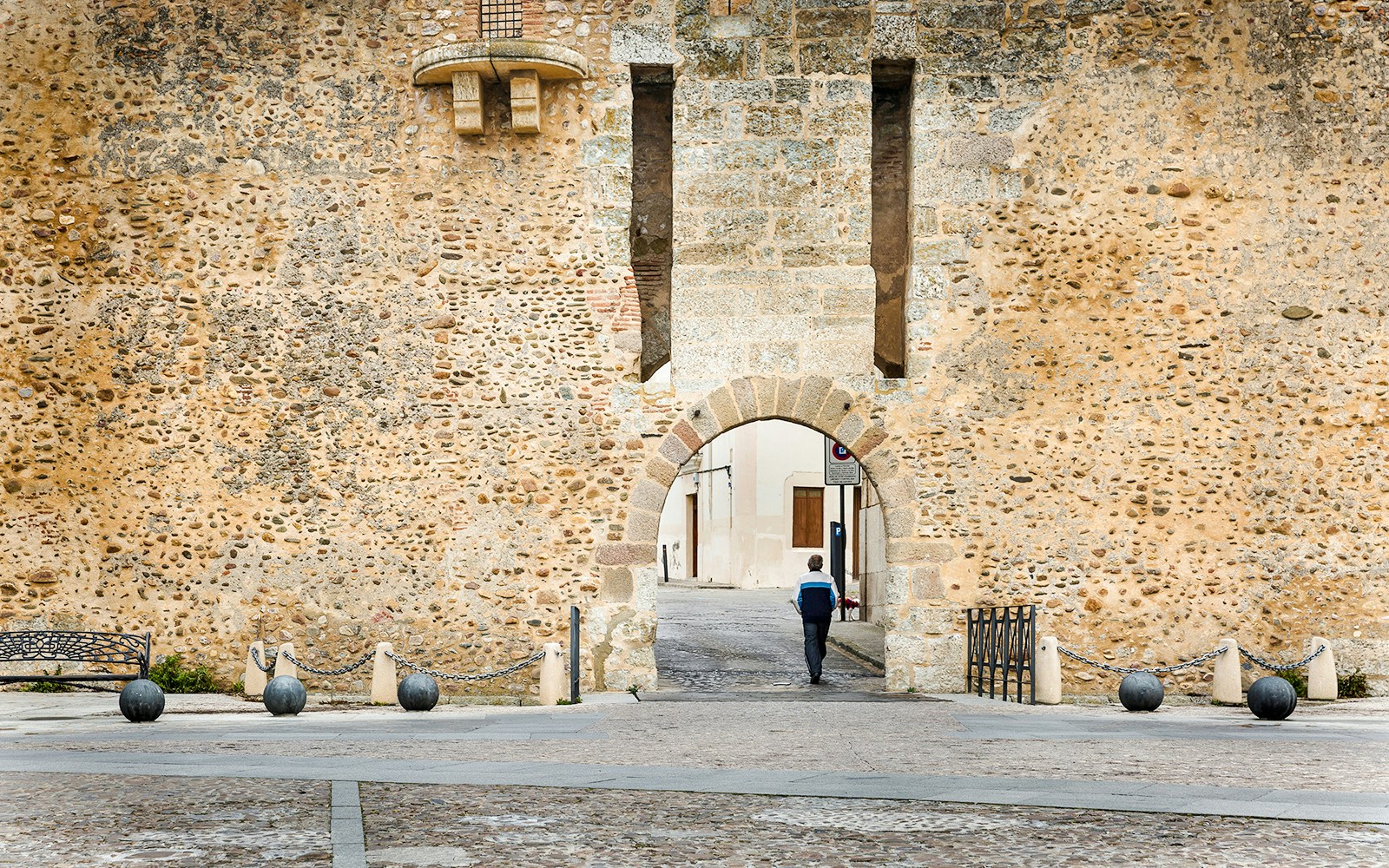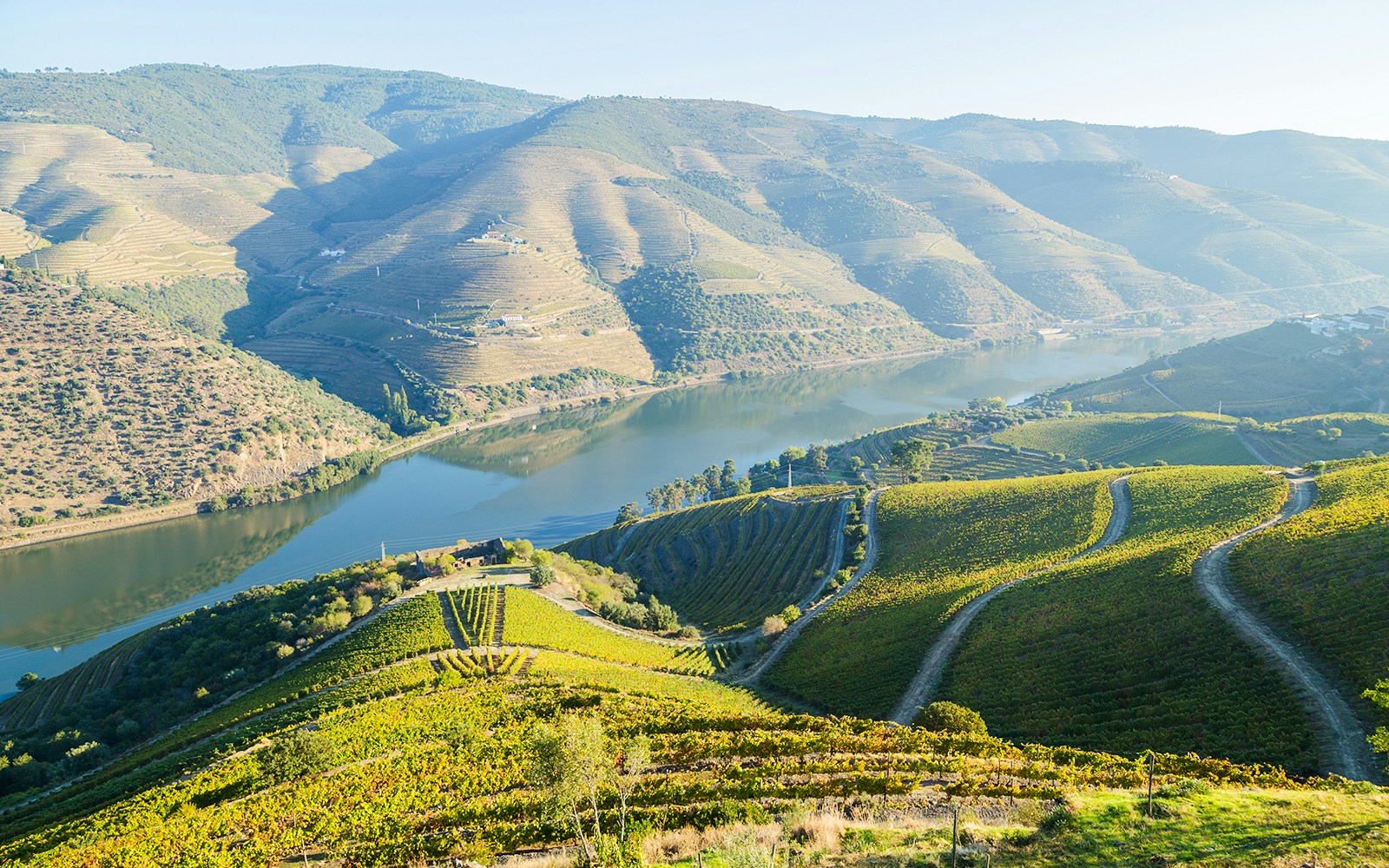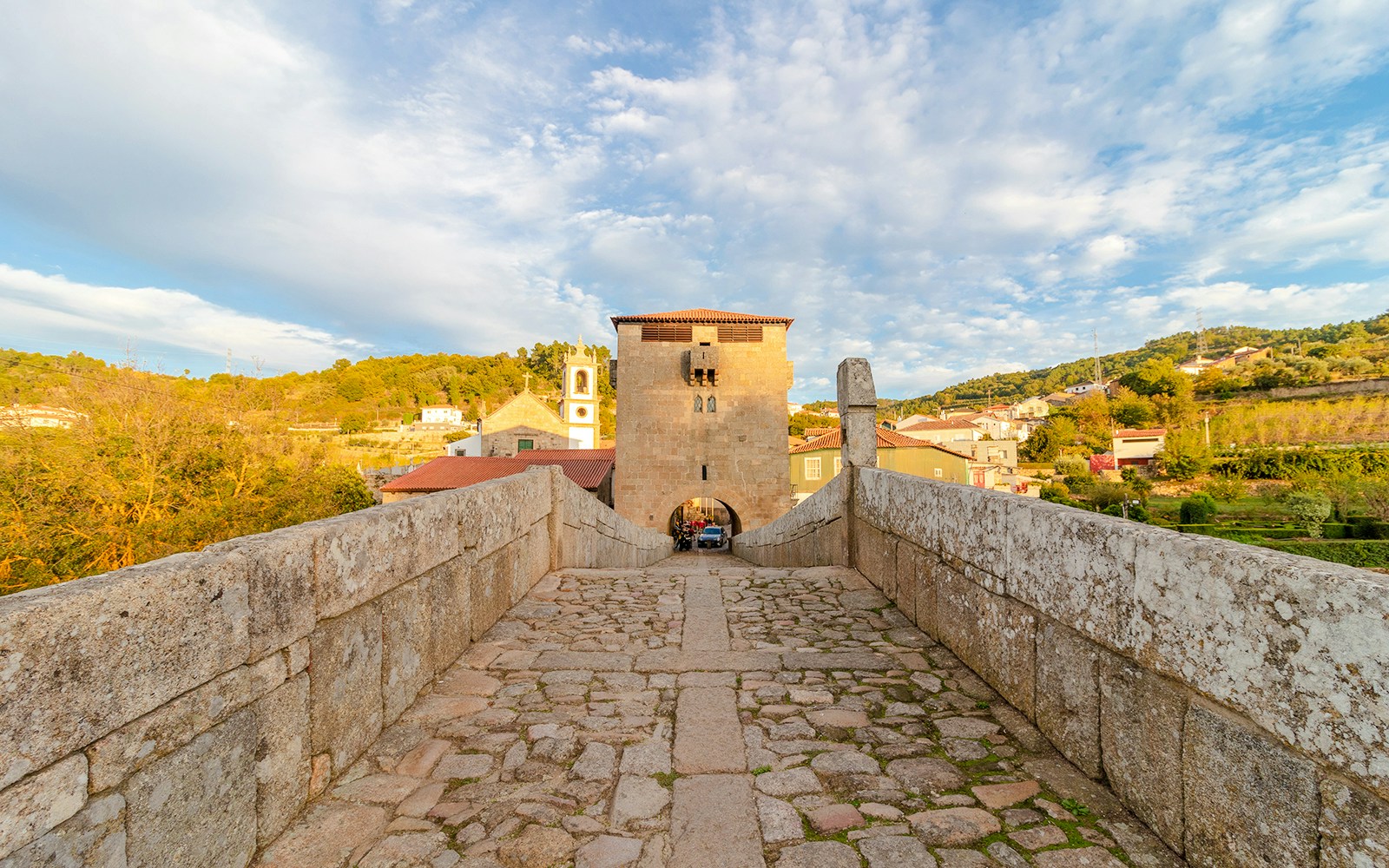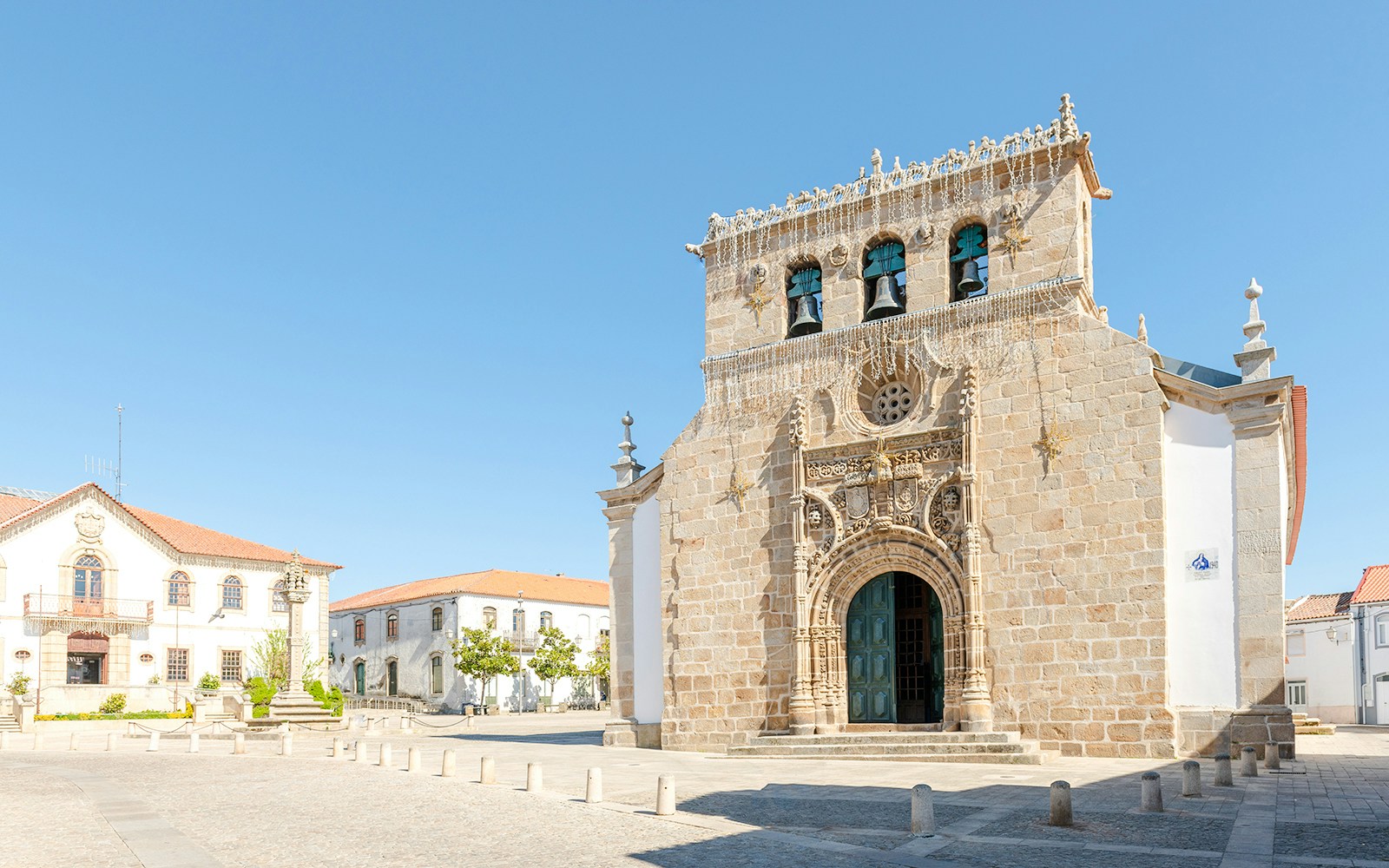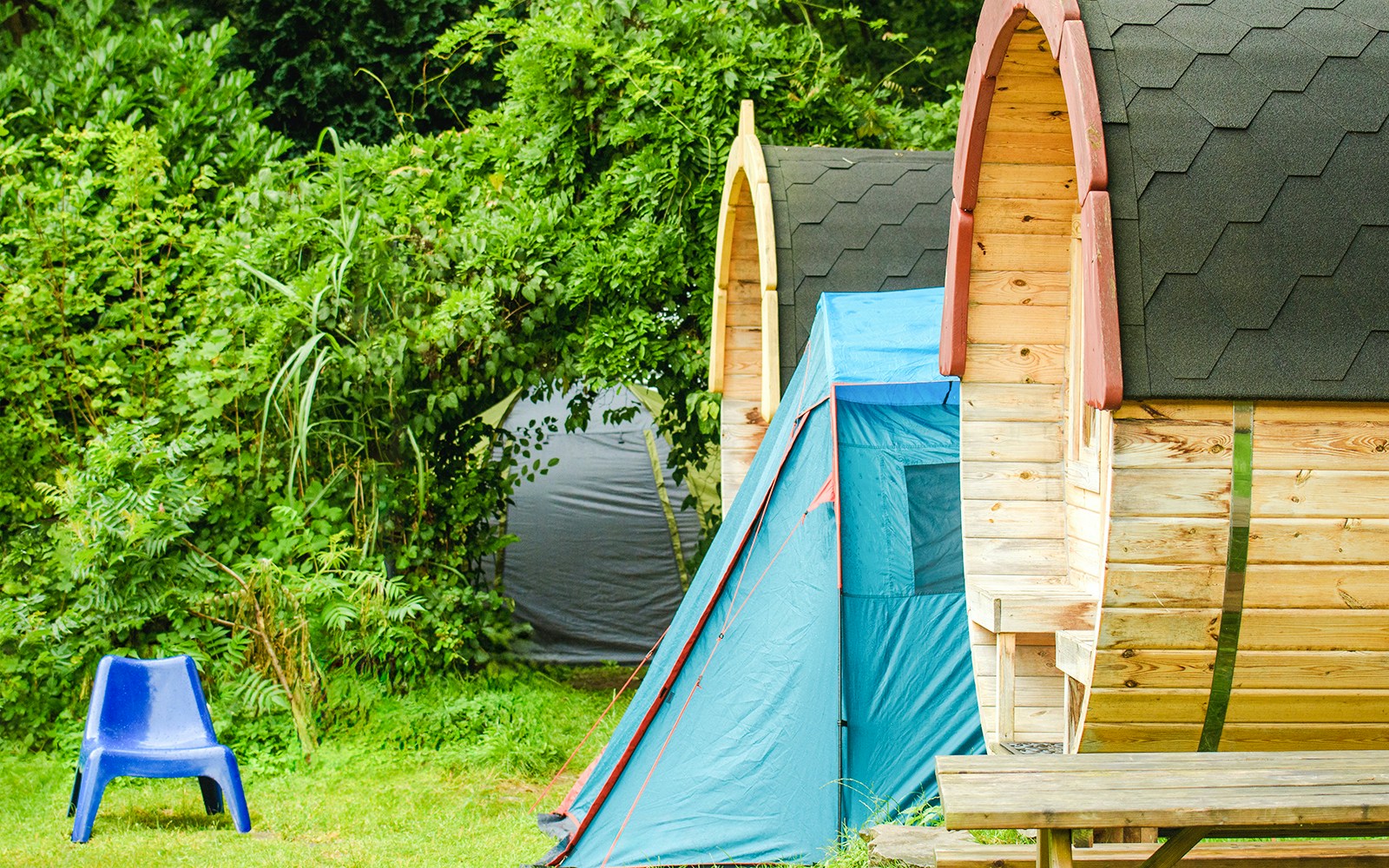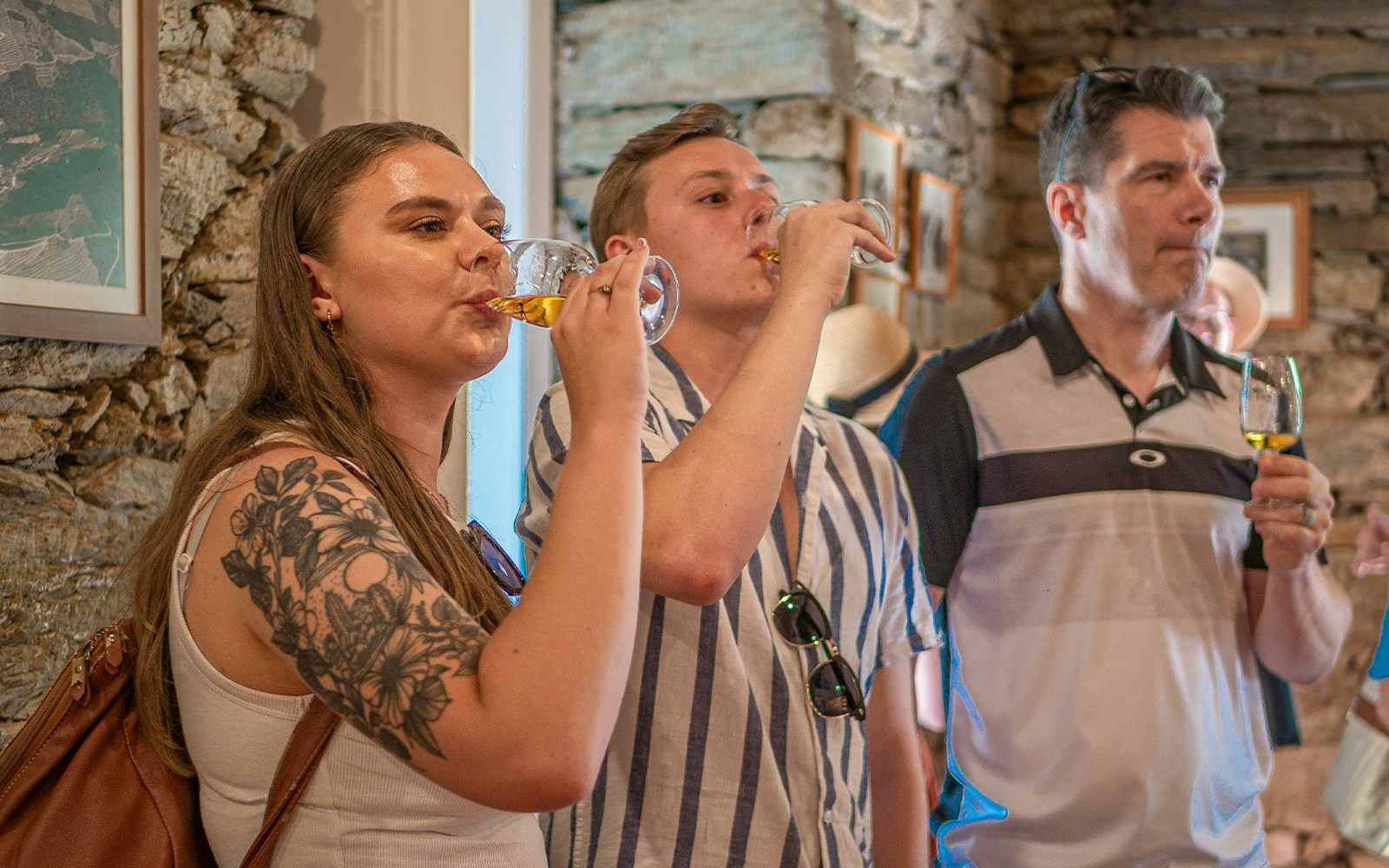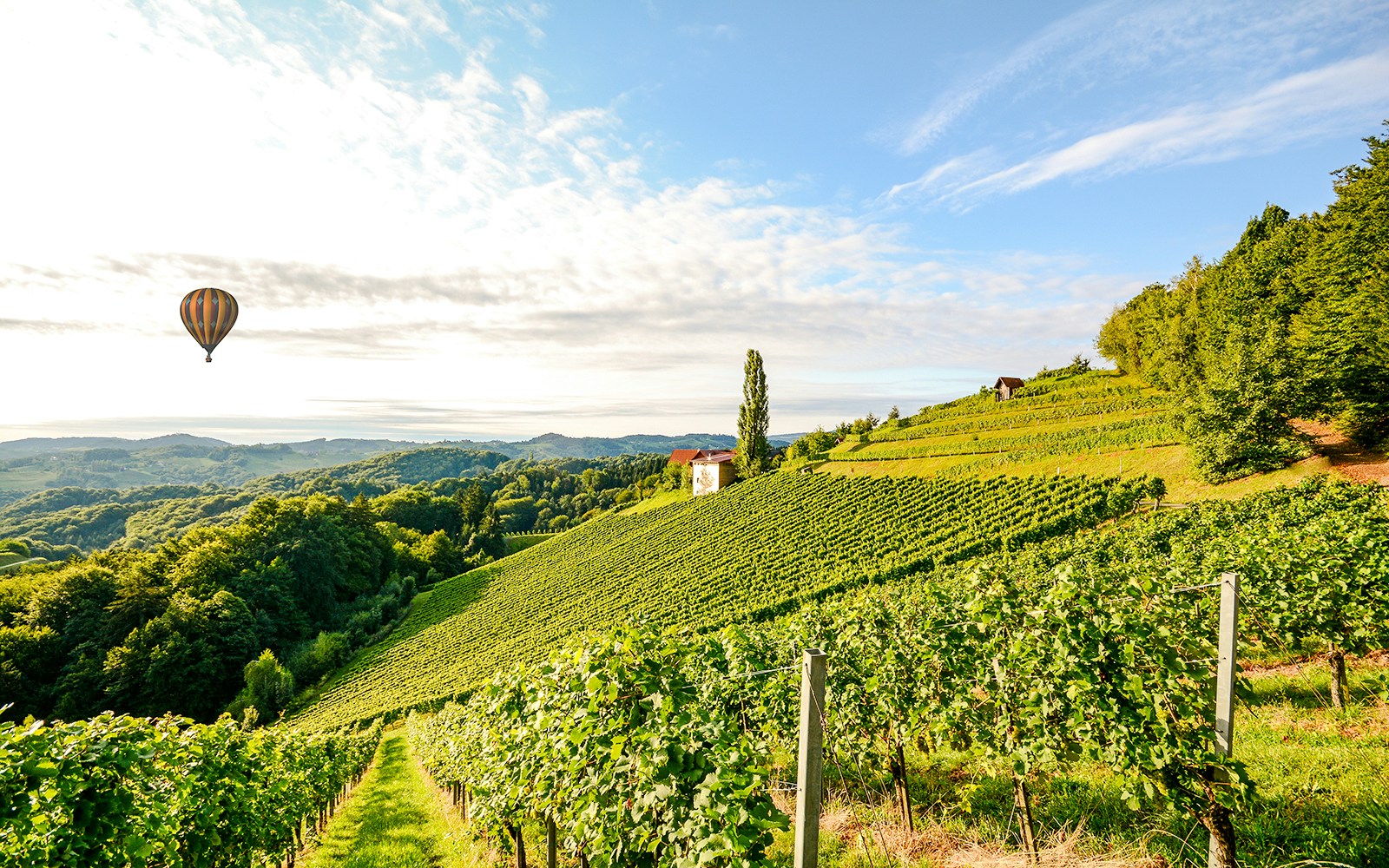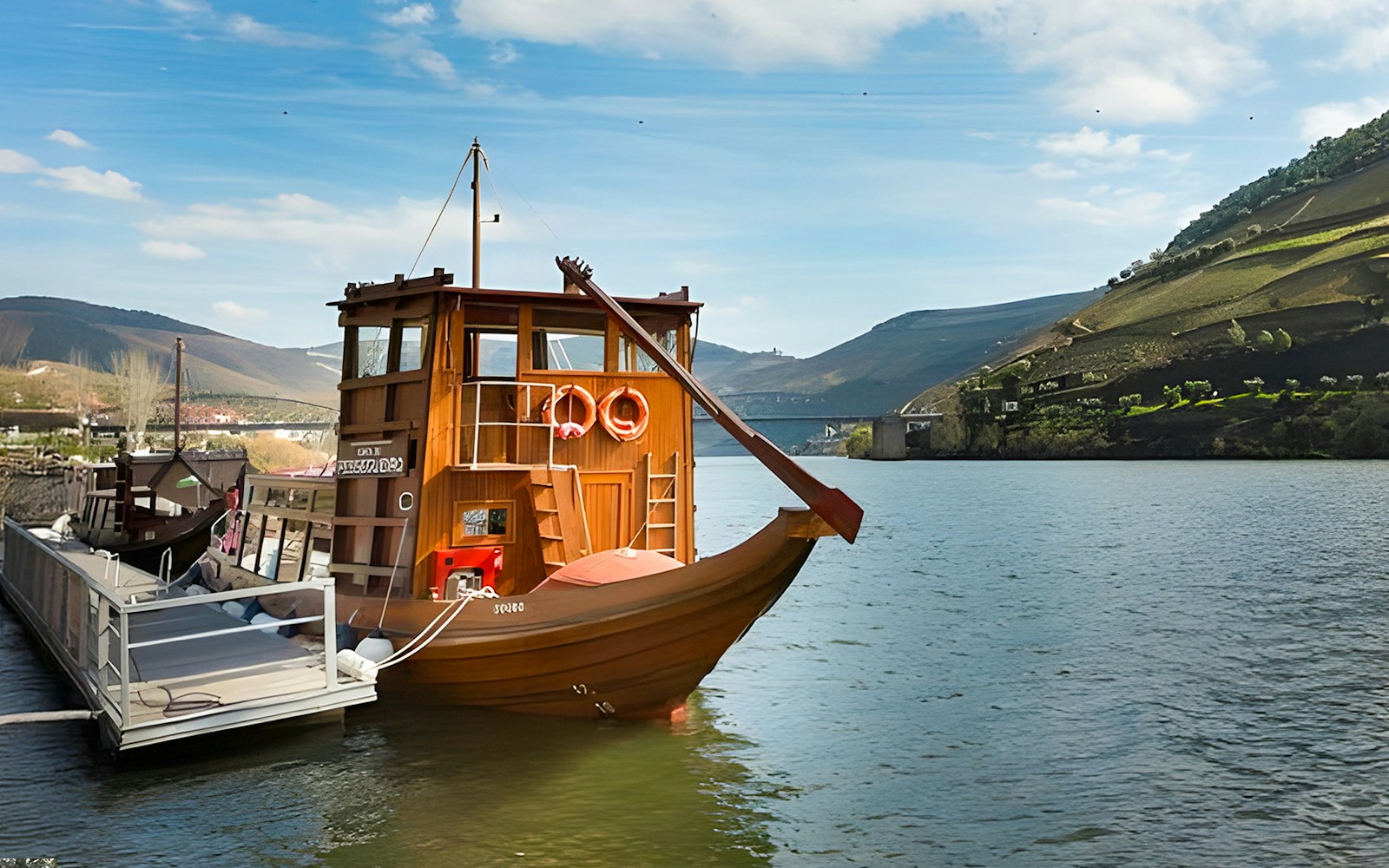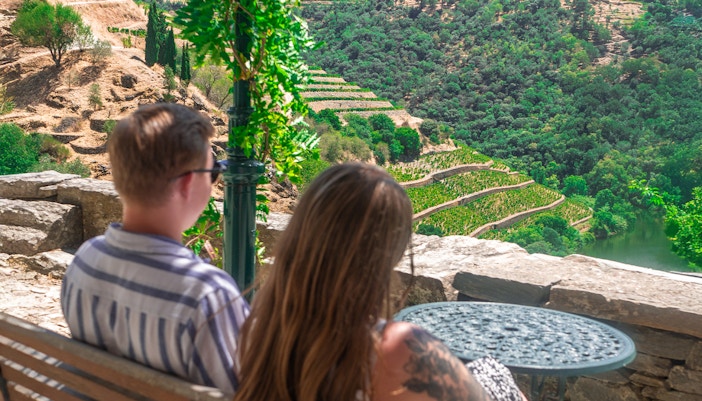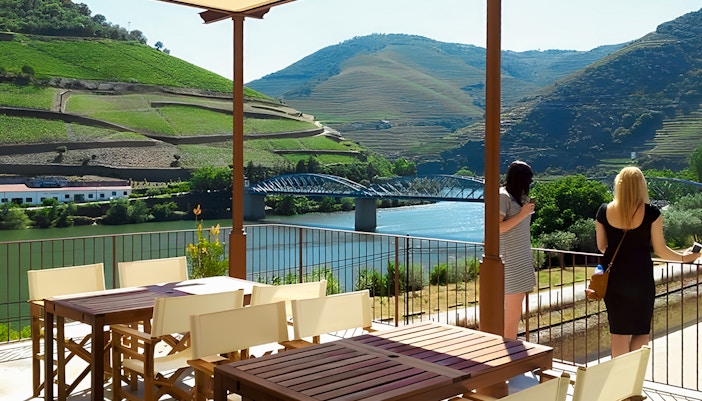You can drive or take the train into the Douro, but gliding in by boat changes the entire mood of your trip. From the deck, the landscape doesn’t just pass you by; it rises up around you. Terraces climb so high they look like green staircases to the sky, and every bend hides a new village or an old stone bridge. This isn’t a “check it off the list” moment; it’s the kind you keep replaying in your head long after you’re home.
- Duration: Short Porto-based trips last 50 minutes (like the Six Bridges Cruise).
- Best for: Couples, photographers, or anyone seeking a slower pace.
- Pro tip: For the most magical experience, book a late-afternoon sailing. The golden hour light on the river and the Douro Valley attractions is unforgettable.

